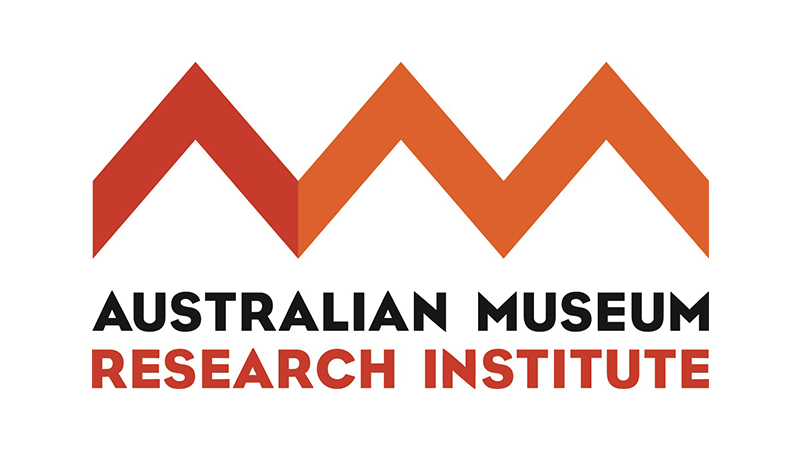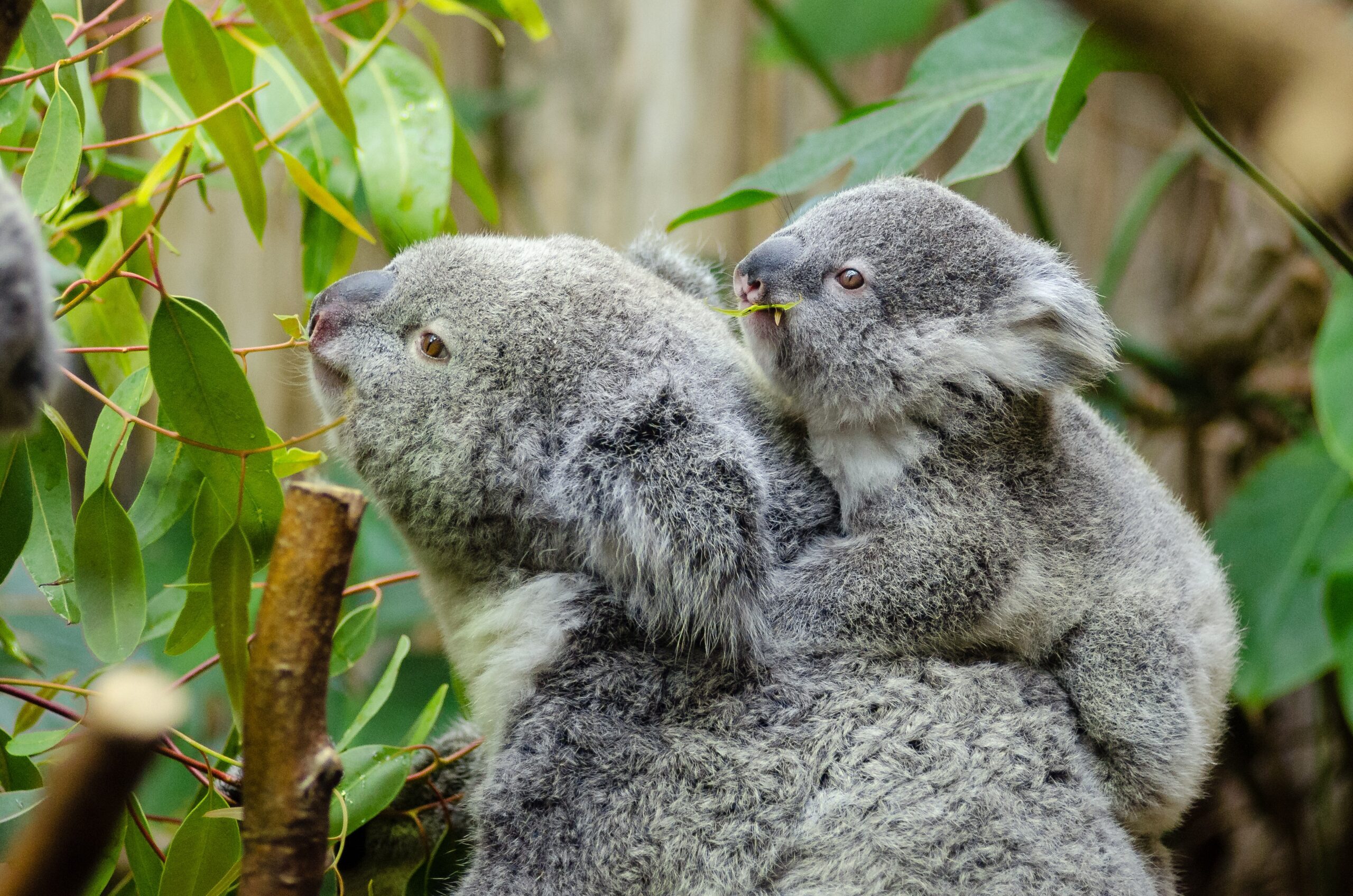Animals, when the Cloud saves species
Charles Darwin, the greatest naturalist of all time, in his work “The Origin of Man and Sexual Selection” wrote about how animals are capable of feeling and how similar they are to man. “A large part of the most complex emotions – it reads – they are common to the highest animals and to us. Everyone may have seen how much jealousy the dog shows if the master lavishes his affection on another creature; and I have observed the same fact in monkeys. This shows that not only do animals love, but they feel the desire to be loved“.
And it is precisely from that desire to be loved and to reciprocate without expecting anything that we will start to tell you a good story, to explain how Cloud Computing can help save some endangered animal species. Like the Koala, for example. A marsupial that inhabits Australian eucalyptus forests. An adorable teddy bear that, unfortunately, is at serious risk of extinction. Classified as a “vulnerable species” by the WWF, these beautiful marsupials are increasingly threatened by the hand of ruthless man and climate change.

But then, how can technology, and cloud computing in particular, put itself at the service of these tender animals? Amazon Web Services
, the world leader in the Cloud, explains it to us. About five years ago, a team of scientists led by Rebecca Johnson, director of the
Australian Museum Research Institute
, began to characterize the genetic diversity of koalas. But the main goal of the group of researchers was above all to strengthen Australia’s capacity to conduct large-scale genome sequencing projects. So, after months and months of study, the team published research in
Nature Genetics
entitled “
Adaptation and conservation insights from the koala genome
” which identifies the genomic basis of the koala’s unique biology.
And here comes the fun because, as AWS Chief Evangelist Jeff Barr explains, creating a complete genetic sequence requires an incredible amount of computing power and a large amount of storage space. Suffice it to say that the koala genome reaches 3.42 billion base pairs, slightly larger than the human genome.

The scientists, therefore, used
cfnCluster
to create multiple clusters. Each of them with a number of 500 to 1000 vCPUs and with Falcon from Pacific Biosciences. Overall, the team used 3 million EC2 core hours, most of which were Amazon EC2 Spot Instances.
This work was made possible thanks to flexible, low-cost computing power that allowed the bioinformatics team to experiment with the configuration of the Falcon pipeline as it was optimized, adapting it to their workload.
An almost revolutionary news, the practical demonstration of how technology can be at the service of man and nature to build a better world.
